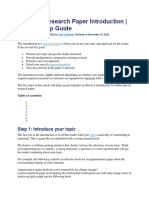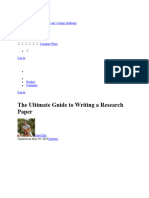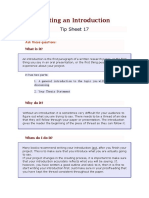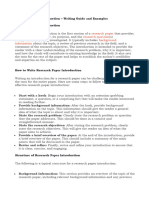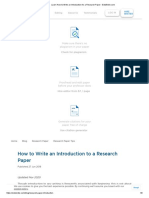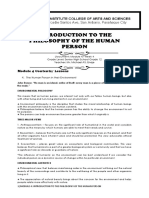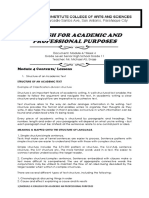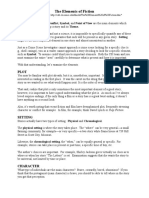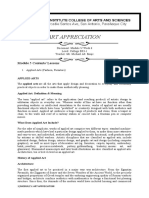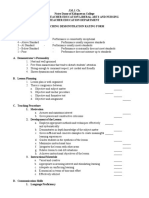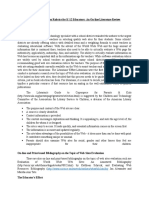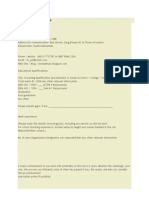0% found this document useful (0 votes)
162 views3 pagesPractical Research 2 Module 2
This document provides instruction on writing an effective introduction for a research paper. It outlines five key steps: 1) Introduce the topic with a strong hook; 2) Describe relevant background information; 3) Establish the specific research problem; 4) Specify the research objectives or questions; and 5) Map out an overview of the paper's structure. The introduction sets up the topic, provides context, and positions the student's own research approach. This module guides students through crafting an introduction that engages the reader and establishes the importance and focus of their research.
Uploaded by
Michael Anthony EnajeCopyright
© © All Rights Reserved
We take content rights seriously. If you suspect this is your content, claim it here.
Available Formats
Download as PDF, TXT or read online on Scribd
0% found this document useful (0 votes)
162 views3 pagesPractical Research 2 Module 2
This document provides instruction on writing an effective introduction for a research paper. It outlines five key steps: 1) Introduce the topic with a strong hook; 2) Describe relevant background information; 3) Establish the specific research problem; 4) Specify the research objectives or questions; and 5) Map out an overview of the paper's structure. The introduction sets up the topic, provides context, and positions the student's own research approach. This module guides students through crafting an introduction that engages the reader and establishes the importance and focus of their research.
Uploaded by
Michael Anthony EnajeCopyright
© © All Rights Reserved
We take content rights seriously. If you suspect this is your content, claim it here.
Available Formats
Download as PDF, TXT or read online on Scribd
/ 3









